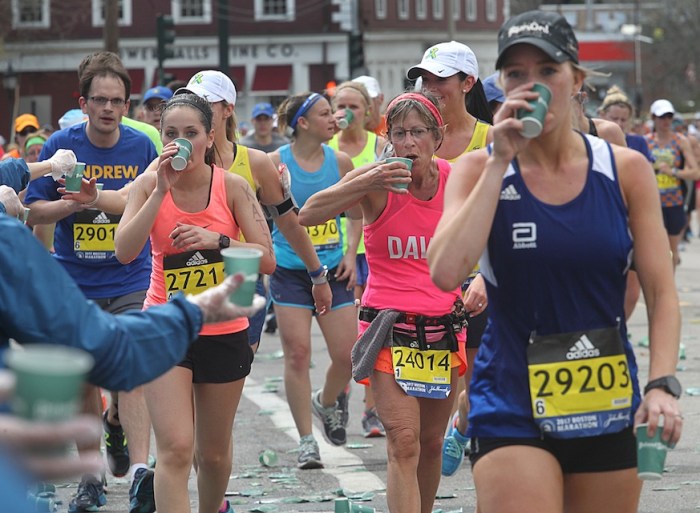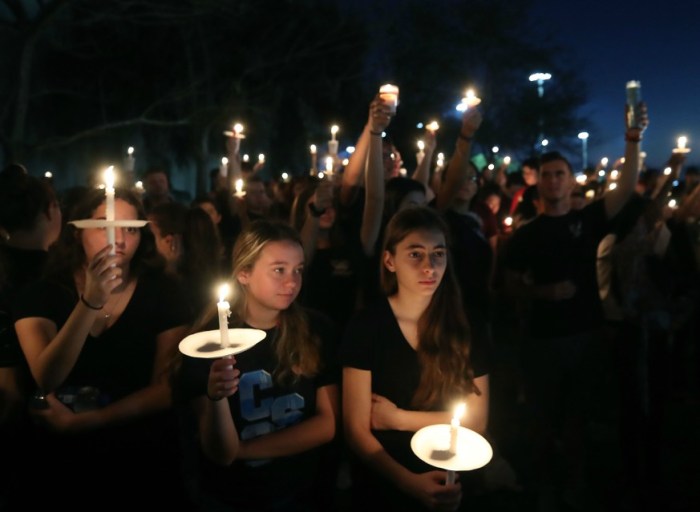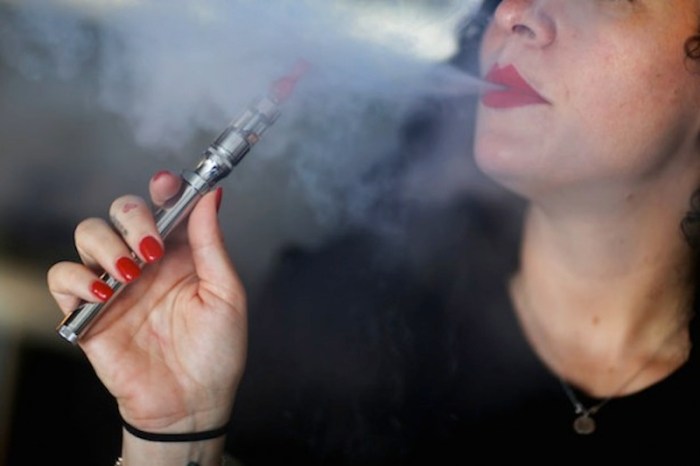When Daylight Saving Time ends each year, many of us find that it’s dark when we leave for work, and dark when we set off for home. The temperature drops, the sun seems to go into hibernation, and we want to follow suit. Snuggling up inside with some comforting carbohydrates is much more appealing than hitting the gym or meeting friends. For some people, the change of season brings more than a craving for the couch and mac and cheese. People who regularly experience lethargy, thoughts of death or dying, loss of interest in things they normal enjoy at this time every year may have seasonal affective disorder, a subtype of major depression. We talked to Dr. Lisa Cohen, clinical psychologist at Mount Sinai to find out more. How is seasonal affective disorder diagnosed?
You have to meet criteria for major depressive disorder, which means you’ve had at least two weeks of feeling very down and blue most of the day nearly every day. Then, you have [to have] five of nine symptoms, and that can include: a change in energy, a change in appetite, change in sleep, tearfulness, thoughts of death and dying, lack of motivation. You need to have had two major depressive episodes that occur at the same time of year and resolve at the same time of year. Generally, people get symptomatic in the winter, though it doesn’t have to be the winter — some people get symptomatic in the summer.
What are the symptoms?
You’re going to see more sleepiness, you’re going to see an increase in appetite, frequently eating more carbs, maybe more fat. People can gain weight, [experience] a lack of energy, more sleepiness as well; you get kind of sluggish in the winter. It’s kind of fascinating because it sounds a little bit like hibernation. What causes SAD?
It does seem to be about light. The treatment often involves light therapy. That’s often the first line of treatment. There may be some connection with serotonin, which may also be related to how we process light in the brain. Some people say melatonin is involved because that also seems to be related to how we process light. What does light therapy involve?
Well, there’s such thing as a lightbox — a bright, white light. You put the lightbox about 1 1/2 to 3 feet away from you and you can sit, you can eat your breakfast, you can file your nails, you can read the paper, but you just have it sort of close to you and in front of your face. You sit with it for 30 to 60 minutes once a day, generally in the morning. What’s your advice to someone who’s feeling down at this time of year?
If someone is feeling blue and low down and they don’t meet full criteria for major depressive disorder, the first thing I would do is get outside. Take your lunch break, go out, sit outside, walk around the block, walk home, get off two subway stops before your house and walk the whole time. That alone might actually help. Another thing that’s very, very helpful is exercise; exercise is almost a magic pill. It treats depression, it protects against dementia, it treats anxiety and it’s tremendously good for you at every kind of physical level. It is a very effective anti-depressant. If you can get out in the middle of the day and do some exercise, that’s a great thing. Sometimes, it doesn’t even take that much. It might just be walking. If that’s not working, then a lightbox is certainly a possibility. Another possibility is just antidepressant medication. Also, psychotherapy can be helpful.
Like talk therapy?
Yeah. There are a whole range of types of cognitive behavioral therapy that treat depression, and they’re really focused on the symptoms. There’s something called behavioral activation, which basically means, get out and do things—because people who are depressed withdraw. In particular, winter-based depressions tend to make you want to hibernate. You stay home, you don’t socialize, you don’t do anything, and that only makes the depression worse. It can feel counterintuitive to a depressed person to tell them to go do exactly what they don’t want to do, but that actually helps them.
When does it usually occur?
Ask Mount Sinai: Seasonal affective disorder

ISTOCK


















